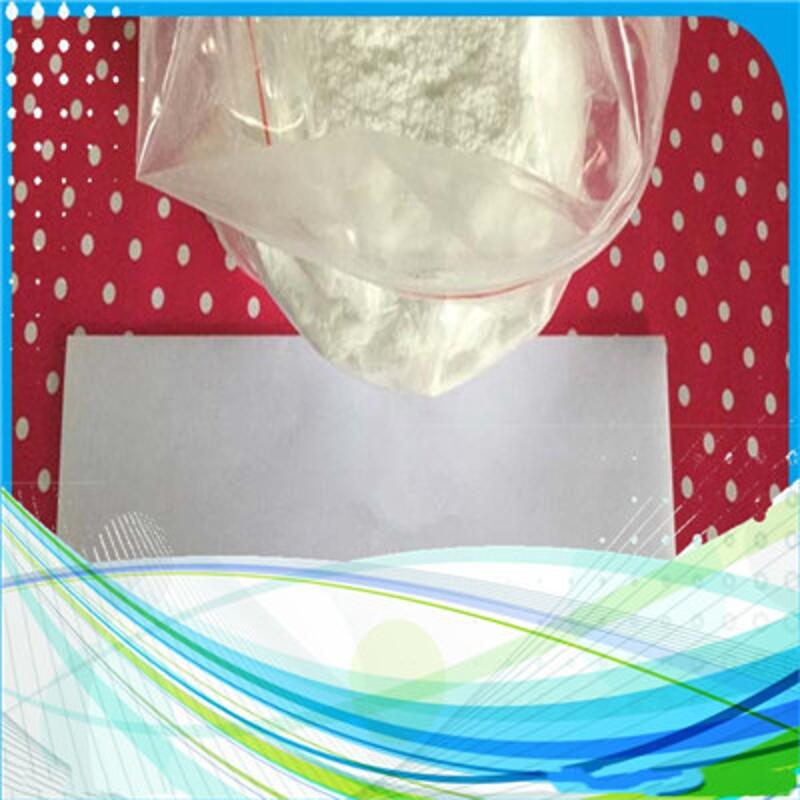Advances in the theoretical study of the catalytic mechanism of metal double-oxygenase
-
Last Update: 2020-06-16
-
Source: Internet
-
Author: User
Search more information of high quality chemicals, good prices and reliable suppliers, visit
www.echemi.com
Oxygen activation and selective oxytocin of C-C key have great application value in organic synthesis and industrial production, and have been a hot research topic in related chemistry fieldsQuercetin 2,4-dioxygenase (QueDs) as a typical biometallic dioxyase, because it can efficiently activate oxygen under mild conditions and highly selectively catalyze the C-C bond oxidation cracking of flavonolorganic substrates, which has attracted wide attention from experimental and theoretical chemistsAlthough research on QueDs systems has been going on for decades, the current understanding of QueDs catalytic response mechanisms remains highly controversialLi Chunsen of the National Key Laboratory of Structural Chemistry of Fujian Institute of Material Structures of the Chinese Academy of Sciences, with the support of the National Natural Science Foundation of China and the strategic pilot science and technology of the Chinese Academy of Sciences, used the combined QM/MM calculation method and MD simulation method, and studied the wild type of nickel-containing cestaperase 2, 4-Bi-Quedase (Ni-QueD) and glu76Asp and Glu76Gln mutationsThe reaction of the body catalyze silates was found and clarified, and the Ni-QueDd used proton-coupled electron transmission process (PCET) to trigger the substrate oxidation reaction through the Glu76 nion-degraded qurin residue, and used glu76 to interact with the hydrogen bonds of the substrate and convert the special reaction mechanism to achieve selective oxidation cracking of the substrateThis research not only provides theoretical insight for the further understanding of the use of key amino acid residues by metalenzymes to regulate catalytic reaction activity, but also provides new ideas for the artificial synthesis of Bionic Catalysts similar to QueDs to achieve specific catalytic reactionsThe above research is published in the journal Journal of The Catalysis (Journal of Catalysis, 2020, 387, 73-83) in the Journal of Catalytic Journal sicrhau Insights into The Key Siqueofs of The Controversy Of The Controversy Of The Source- Nickel-Dependent Quercetin 2, 4-Dioxygenase for Quercetin Oxidative ShireDOI: 10.1016/j.jcat.2020.04.016), the first author of the article is Yu Xueyuan, a doctoral student at the University of Chinese Academy of Sciences(BioValleyBioon.com)
This article is an English version of an article which is originally in the Chinese language on echemi.com and is provided for information purposes only.
This website makes no representation or warranty of any kind, either expressed or implied, as to the accuracy, completeness ownership or reliability of
the article or any translations thereof. If you have any concerns or complaints relating to the article, please send an email, providing a detailed
description of the concern or complaint, to
service@echemi.com. A staff member will contact you within 5 working days. Once verified, infringing content
will be removed immediately.







